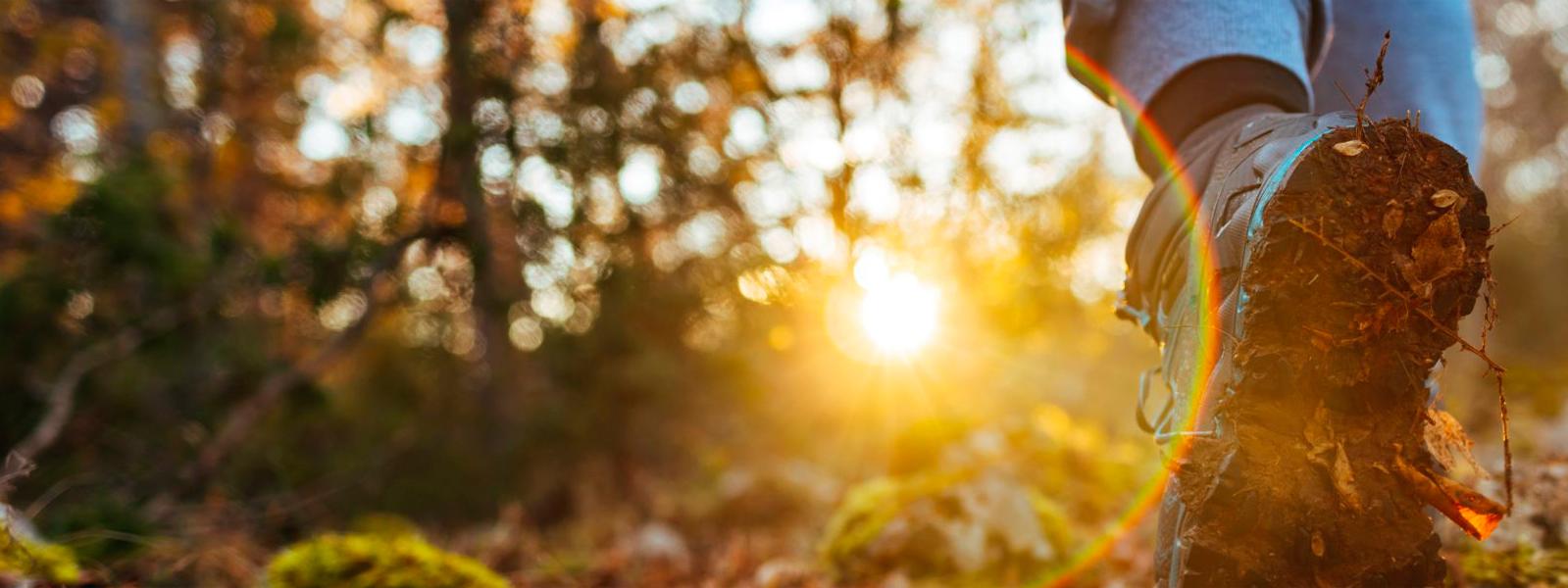We are a global operator of essential infrastructure
- A video camera has been set up next to the nest to allow scientists to monitor the new-born chicks this year, who have been joined by a new chick specimen brought in from Sierra Morena with the aim of boosting the Doñana population.
- Park technicians have also fitted GPS collars to the three imperial eagle chicks in order to see which territories they fly over in the next few days, when they leave the family nest.
- The actions are part of the collaboration agreement that Redeia has maintained since 2015 with the Regional Government of Andalusia for the recovery of the imperial eagle in Doñana.
Over the next few days, the general public can follow events minute by minute at an imperial eagles’ nest located in the Doñana Natural Area. This is all possible thanks to the installation of a webcam, next to the nest, which is streaming through the ICTS-Doñana website 24 hours a day, via the following link: http://icts.ebd.csic.es/en/cameras
One of the webcam’s objectives is to provide scientists with information on the evolution of the chicks, especially of a third chick of the same species brought from Sierra Morena, where it is expanding, to boost the population in Doñana. The technicians are confident that the parent pair will eventually adopt the new offspring, which will allow it, over time, to recognise the territory as its own and also end up nesting and breeding in Doñana.
This unique glimpse into the daily life of the three imperial chicks will only be available for about the next 10 days, as it is estimated that the three chicks will begin their first flights, after which, in mid-September, they will embark on the adventure of flying further afield. The parent pair, which has been together for more than 10 years, lives on a nesting platform in the territory of the Casa de los Guardas, where they are also regularly fed, mainly on rabbits, due to the current scarcity of prey in Doñana.
The installation of the camera is part of the collaboration agreement that Redeia (formerly Red Eléctrica Group) has had since 2015 with the Department of Agriculture, Livestock, Fisheries and Sustainable Development of the Regional Government of Andalusia for the monitoring, conservation and recovery of the imperial eagle in the Doñana Natural Area. Among other forms of support, Redeia provides Doñana with vehicles to enable the conservation and research team to be mobile, supplementary food and other resources necessary for the management of this species and its habitat, its nesting and the monitoring and tracking of its population.
Giuseppe Aloisio, the Government’s director general for the Natural Environment, Biodiversity and Protected Areas Department, described this agreement with Redeia for the conservation of the imperial eagle in Doñana as "an example of public-private collaboration to ensure the preservation of the extraordinary biodiversity and impressive natural heritage of Andalusia". In this regard, Aloisio pointed to the actions being carried out in the Natural Area to improve the reproductive parameters of this endemic species of the Iberian Peninsula. "The fact that from now on it is possible to track what is happening at an imperial eagle's nest at any given moment will serve to make everyone aware of the need to take care of this species", he emphasised, before assuring that "each newborn chick represents a step forward in the challenge of guaranteeing the survival of the species in Doñana".
Jorge Jiménez, the Redeia’s delegate in Andalusia, recalled that "biodiversity conservation is integrated into Redeia's business strategy. Our activities are pointless unless they are accompanied by a positive contribution to the territories in which we operate. We want our energy and telecommunications grids to be networks of life".
There have now been 70 birds born since Redeia started its collaboration project with Doñana, one of the most important protected areas in Andalusia and the largest ecological reserve in Europe. This year the imperial eagle breeding population in Doñana consisted of seven pairs, of which only four have produced offspring. Six chicks are known to have hatched, although one of them was found dead as a result of a fall from the nest.














